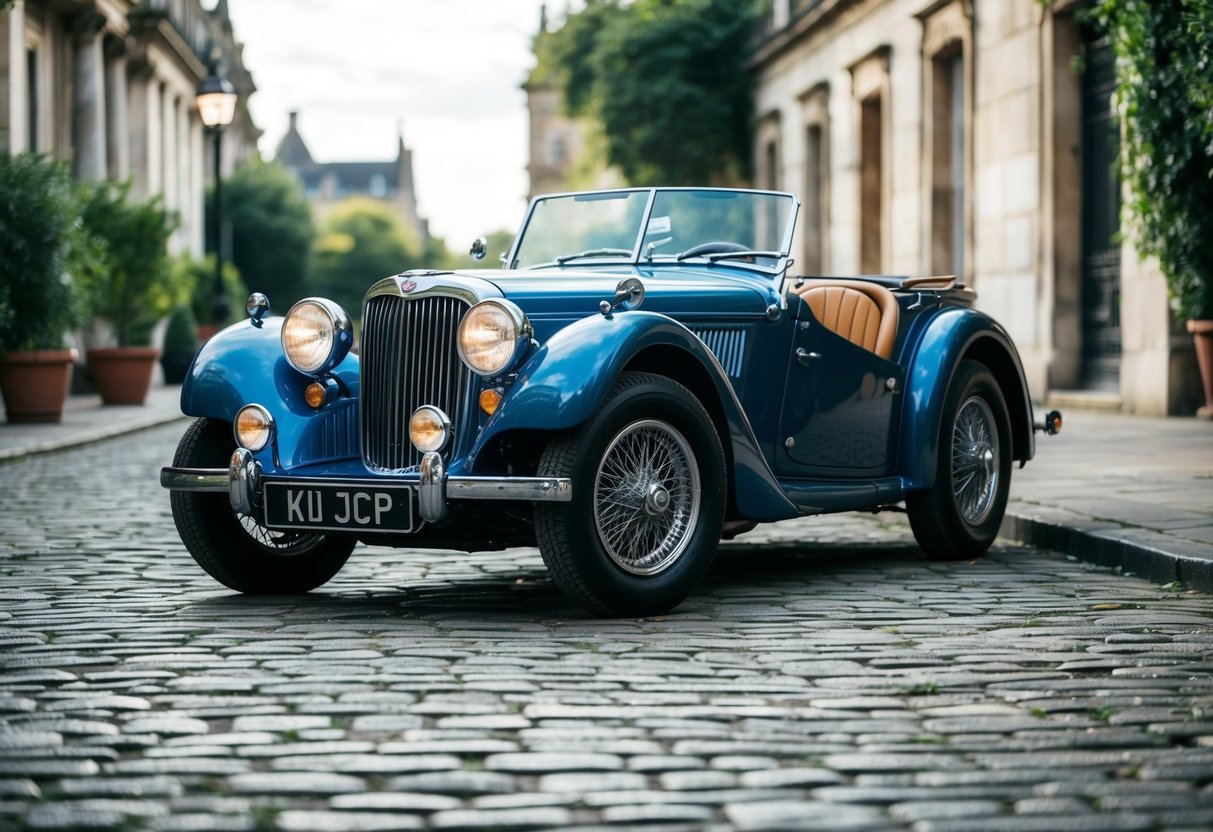
Notable British Roadster Models
Classic British roadsters are celebrated for their remarkable design and performance, capturing the essence of open-top driving. The MGB Roadster offers an affordable and practical sports car experience, while the Jaguar XK120 is distinguished for its elegance and superior engineering.
Exploring the Iconic MGB Roadster
The MGB Roadster was introduced in 1962 and quickly became one of the best-selling British sports cars. Its appeal lay in its simplicity, reliability, and low running costs. Powered by a 1.8-liter engine, the MGB offered a balanced blend of performance and comfort, making it accessible for enthusiasts.
Designed as a two-seater, it featured a clean, uncluttered aesthetic typical of the era. The MGB’s popularity was largely due to its versatility and ease of maintenance, allowing everyday drivers the thrill of a sports car without the premium cost. Today, it remains a beloved classic, treasured by collectors and driving enthusiasts alike for its timeless appeal and straightforward mechanics.
The Distinguished Jaguar XK120
The Jaguar XK120 made its debut in 1948 and was an instant sensation. Built primarily as a testbed for Jaguar’s new XK engine, it became renowned for its stunning speed and elegance. Its sleek, aerodynamic design set the standard for future models, embodying the peak of automotive styling.
Under the hood, its 3.4-liter engine enabled impressive acceleration, making it the world’s fastest production car at the time. The XK120 was not only a technical marvel but also a driving icon, adored by racing enthusiasts and collectors. Its legacy continues to influence the design and performance of modern Jaguar vehicles, cementing its status as a legendary model in automotive history.
Peripheral Influences and Rivals
Classic British roadsters are often seen as the epitome of style and performance in the automobile world. Nevertheless, they did not evolve in isolation. Foreign models and emerging competitors played a pivotal role in shaping these vehicles’ development and market appeal.
Beyond Britain: Comparisons with Foreign Models
While British roadsters captured the hearts of many car enthusiasts, international models offered distinctive alternatives. Comparisons with vehicles like the Italian Fiat Spider and the American Chevrolet Corvette provide insight into the diverse design philosophies of the era. Each country brought its own aesthetic and engineering priorities, shaping roadsters with unique characteristics.
British models stood out with their emphasis on handling and lightweight construction. Meanwhile, American roadsters often showcased raw power and size, contrasting sharply with their British counterparts. Italian and German designs frequently emphasized elegance and innovation, influencing trends in aerodynamics and technology.
These international influences enriched the roadster segment, driving British manufacturers to refine their craft. This dynamic interplay expanded the appeal of roadsters beyond national borders, catering to a wide spectrum of tastes and preferences.
The Emergence of Competitors like the BMW Z3
As roadster popularity soared, new rivals emerged, further testing the dominance of classic British models. The BMW Z3 is a notable example, marking Germany’s entry into the compact roadster market. Released in the mid-1990s, it combined luxury and performance, appealing to a modern audience.
The Z3’s introduction revealed a shift toward blending traditional roadster elements with contemporary design and technology. Advanced features, coupled with BMW’s reputation for engineering excellence, presented a fresh alternative to British classics.
Such competition spurred innovation among British manufacturers, leading to enhancements in performance and style. The BMW Z3, along with other emerging models, underscored the need for continuous evolution in a highly competitive market, ensuring that the spirit of the roadster remained vibrant and relevant.



